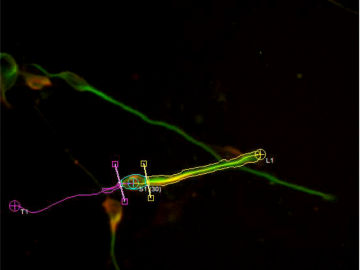Filter News
Area of Research
News Type
Date
Media Contacts
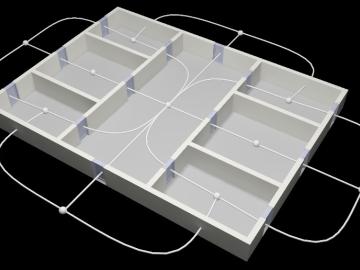
A new tool developed at Oak Ridge National Laboratory can help homeowners and builders calculate energy loss when air leaks through a building’s envelope, the physical barrier separating the interior and exterior. Starting with specific building metrics, the calculator analyzes multiz...

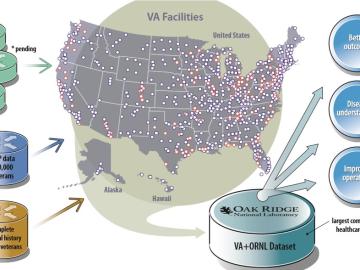
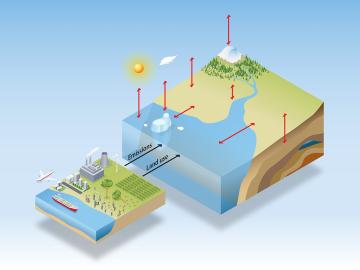
A new integrated computational model reduces uncertainty in climate predictions by bridging Earth systems with energy and economic models and large-scale human impact data. Co-developed by Oak Ridge National Laboratory, the novel integrated Earth system model, or iESM, leverages the power of supercomputers, including ORNL’s Titan, to couple biospheric feedbacks from oceans, atmosphere and land with human activity, such as fossil fuel emissions, agriculture and land use.
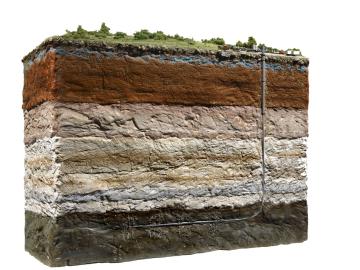
Finding optimal locations for extracting petroleum and natural gas from shale could become more economical and efficient thanks to a new approach developed by Oak Ridge National Laboratory. The research team combined two existing statistical models and applied them to publicly availab...
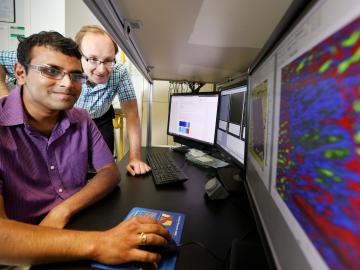
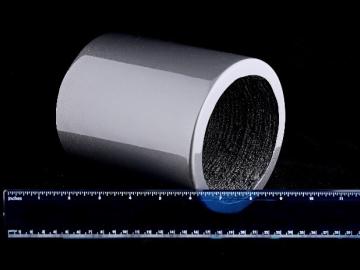
Dallas-based Momentum Technologies has non-exclusively licensed Oak Ridge National Laboratory’s 3D-printed magnet technology and plans to commercialize the first 3D-printed magnet made from recycled materials. ORNL has demonstrated that 3D-printed magnets can outperform those created ...
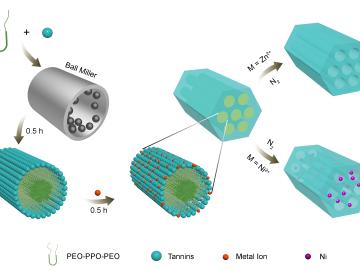
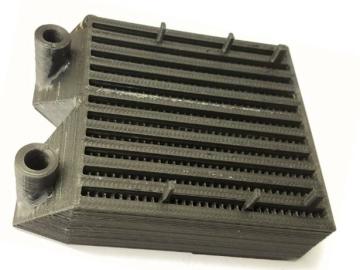
Reducing the energy and water that power plants require to convert heat to electricity could become easier with a novel heat exchanger designed and 3D printed at Oak Ridge National Laboratory. A research team achieved a 500 percent increase in thermal conductivity using a new thermopl...
